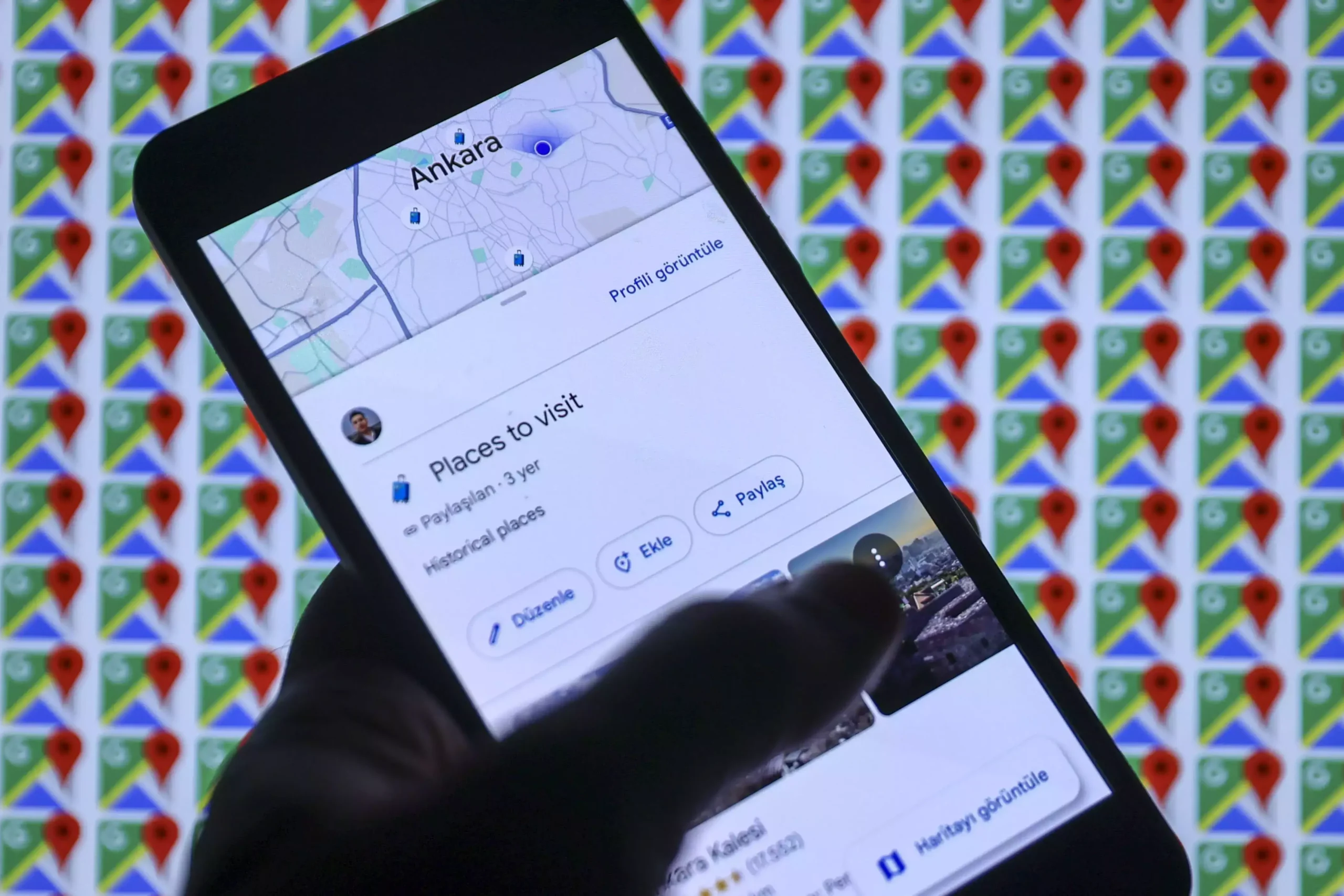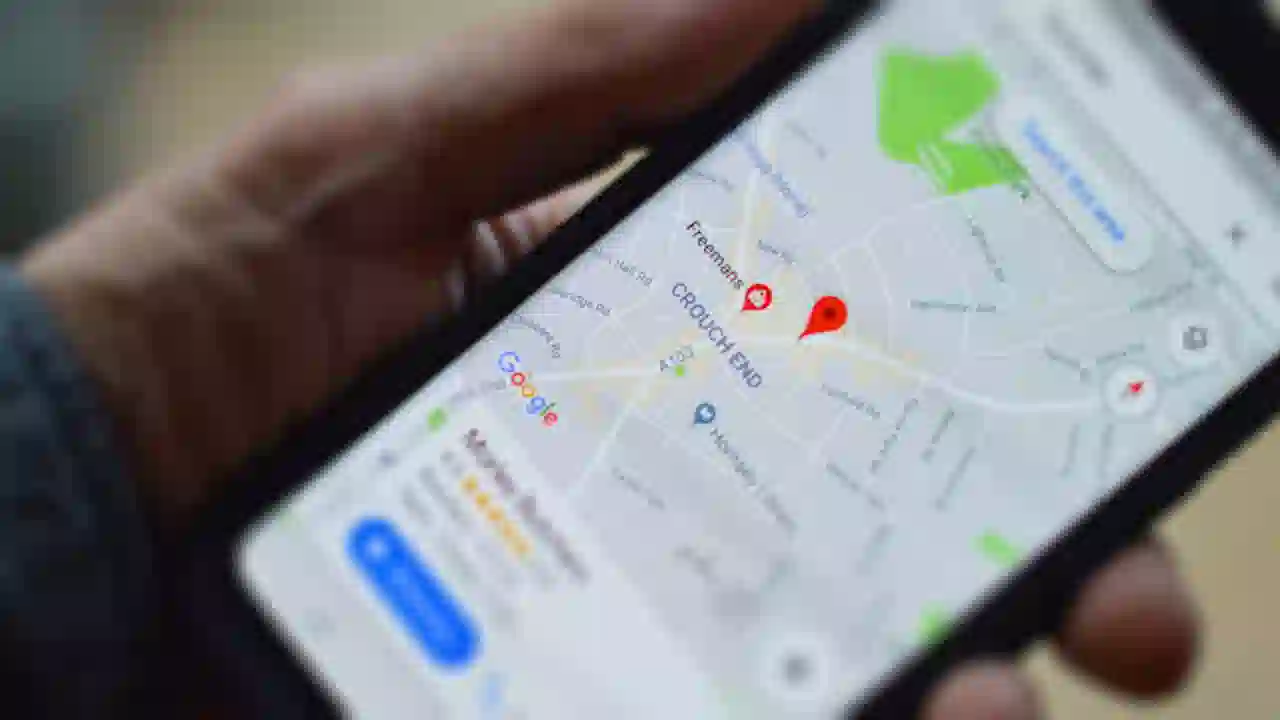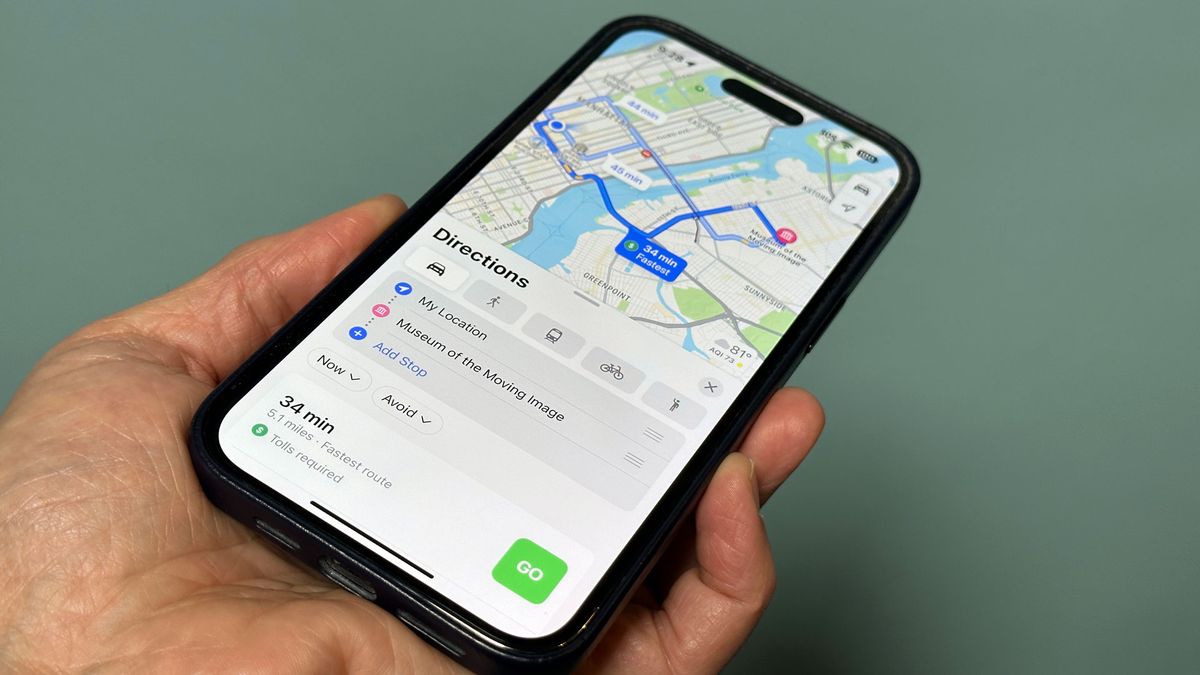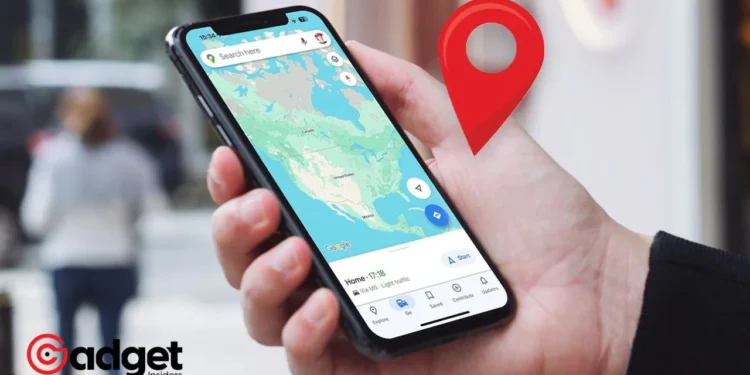In an era where digital navigation systems like Google Maps are deemed infallible, the harrowing experience of two German tourists, Philipp Maier, and Marcel Schoene, serves as a stark reminder of the limitations and risks associated with our dependence on technology. Their ordeal began with what was supposed to be a straightforward drive from Cairns to Bamaga, a journey that took an unexpected turn into the heart of Australia’s unforgiving wilderness, thanks to the guidance of Google Maps.
Google Maps: A Journey Gone Awry
The adventure of Maier and Schoene is a narrative that reads like the plot of a survival thriller. Intent on exploring the scenic beauty of Far North Queensland, the duo placed their trust in Google’s navigation system, only to find themselves on a dirt track leading into the remote wilderness.
The allure of technology’s promise—’Google Maps knows maybe more than we know,‘ as Maier reflected—quickly faded when their vehicle became ensnared in mud, 37 miles into their journey.

What ensued was a grueling week-long trek back to civilization, a test of endurance and survival skills. The pair faced a series of formidable challenges, from navigating a crocodile-infested river to weathering severe thunderstorms and scorching temperatures.
Their nights were spent under the vast Australian sky, a far cry from the shelter they had hoped to construct.
The Response from Google
In the wake of this incident, Google issued an apology, expressing relief that Maier and Schoene were safe and confirming the removal of the misleading path from Google Maps.
“We apologize for this incident and are relieved that Philipp and Marcel are safe. We can confirm that this path has been removed from the map.”

The tech giant emphasized its reliance on a blend of sources for Google Maps updates, including third-party data, user contributions, Street View, and satellite imagery.
This incident, however, is not an isolated case. It echoes previous situations where adventurers found themselves in peril after following Google Maps into the wilderness, highlighting an ongoing issue with the reliability of urban map apps in remote or natural settings.
Tourists say Google Maps mistakenly led them into the wilderness, forcing them on a grueling trek for more than a week https://t.co/uL9xkS4yfC
— Insider Tech (@TechInsider) February 26, 2024
Google Maps: Lessons from the Wilderness
The ordeal faced by Maier and Schoene in the Australian wilderness is a powerful narrative that underscores the importance of critical thinking and preparedness in the age of technology.
While digital tools and apps like Google Maps offer unprecedented convenience and capabilities, their limitations and the potential consequences of overreliance on them should not be underestimated.

This cautionary tale also raises questions about the responsibility of tech companies to ensure the safety and reliability of their navigation systems. As we move forward, the integration of advanced technologies into every facet of our lives continues unabated.
Yet, the experiences of those like Maier and Schoene remind us of the need for a balanced approach to technology, one that includes a healthy dose of skepticism and self-reliance.
In the end, the story of these two tourists is not just about the pitfalls of technology but also about the resilience of the human spirit, the beauty of unexpected journeys, and the indomitable will to overcome adversity.
It’s a vivid illustration of the complexities of navigating our modern world, where the lines between the digital and the real often blur, leading us into uncharted territories—sometimes, quite literally.










